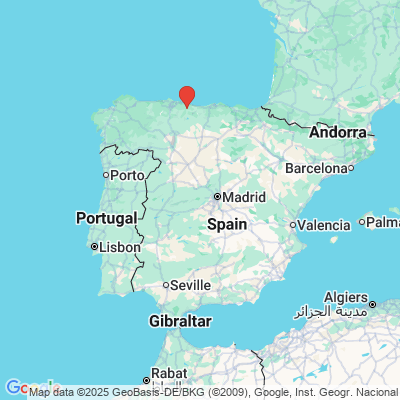Pelayo, Covadonga (Spain).
In the rugged mountains of northern Spain, history and legend blur. Around the year 718—or perhaps 722—a local nobleman named Pelagius (or Pelayo) led a small band of followers into defiance against the new Muslim rulers of Iberia. The clash that followed, known as the Battle of Covadonga, has been told as a miracle of divine favor, the moment when Christian Spain was reborn.
But peel back the layers of myth, and a different picture appears. Asturias and Cantabria had long been peripheral, half-forgotten corners of empires. Roman and Visigothic kings had only a loose grip here; local elites ruled their valleys much as they pleased. When the Muslims swept north after 711, many of these elites struck pragmatic deals. Tribute was paid, land was kept. Yet Pelagius refused.
Was he a Visigothic aristocrat in exile, or a homegrown Asturian landowner defending his family’s rights? Sources disagree. Arab chroniclers dismiss him as the leader of a few dozen mountain rebels, hardly worth a campaign. Asturian monks, writing a century later, cast him as a new Judas Maccabeus, chosen by God to save His people. They claimed he defeated 187,000 soldiers with divine help—a biblical epic more than a battlefield report.
The truth is likely somewhere in between: a small mountain skirmish where knowledge of the terrain outweighed numbers. Yet from this modest spark a principality was born. Protected by poverty, geography, and indifference from Córdoba, Asturias endured. Pelagius never styled himself king—his title was princeps, “first among equals”—but his dynasty laid foundations that others would later call the start of the Reconquista.
Covadonga became less about what happened on the ground and more about what it meant. For Alfonso III in the 9th century, it was proof of divine favor and dynastic legitimacy. For later Spanish nationalists, it was the first trumpet call of liberation. For us, it is a reminder of how small acts of defiance, amplified by story, can shape the memory of nations.
Further Reading
Roger Collins, The Arab Conquest of Spain, 710–797 (Blackwell, 1989)
Kenneth Baxter Wolf, Conquerors and Chroniclers of Early Medieval Spain (Liverpool University Press, 1999)
Richard Fletcher, Moorish Spain (University of California Press, 1992)
Joseph F. O’Callaghan, A History of Medieval Spain (Cornell University Press, 1975)
David A. Wacks, Medieval Iberian Epic: A Reading of the Poem of Fernán González (Bucknell University Press, 2007)




